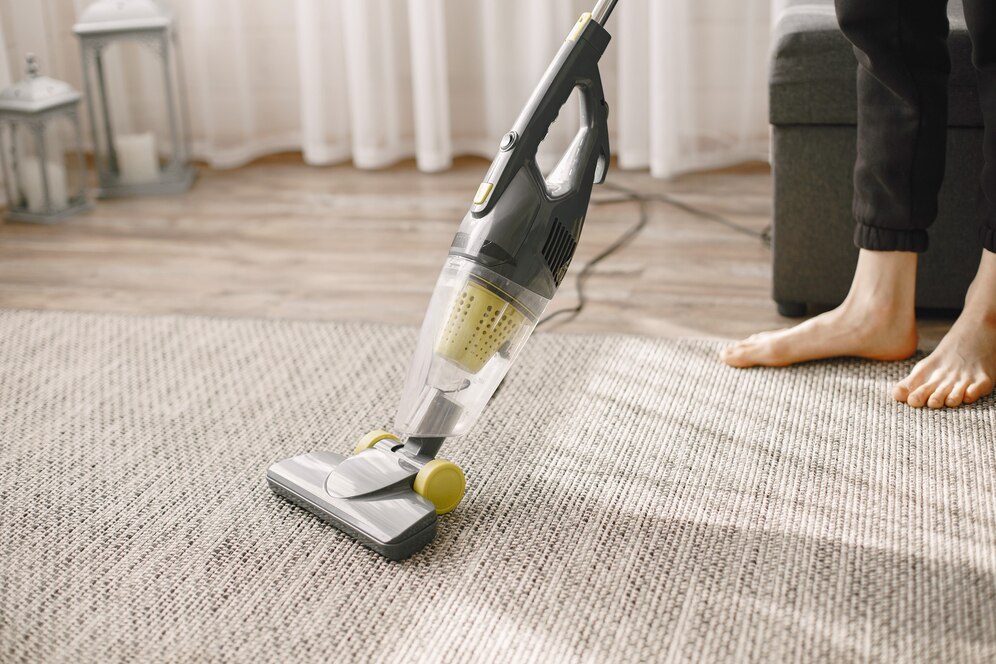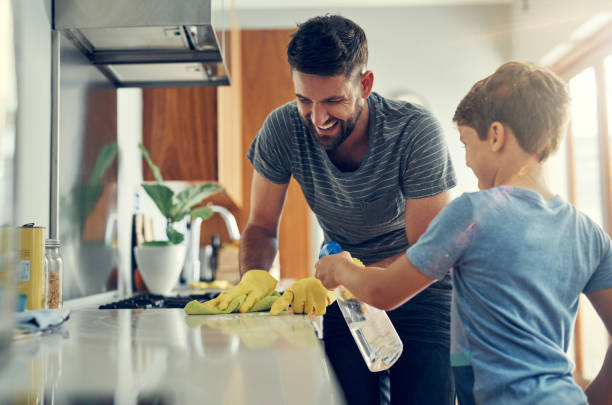Sandblasting, or abrasive blasting, is an effective technique for cleaning and preparing surfaces for future use. It is a simple system where a pressurised stream of material is used to remove paint, rust, or other contaminants from the surface. It can also be used to shape surfaces or etch patterns into surfaces before use.
However, when sandblasting there are a lot of abrasive materials that can be used, and it is crucial to choose the right one to achieve the best results without damaging the surface you are trying to clean. By selecting the appropriate abrasive material based on your specific needs, we can ensure efficient and effective cleaning results while prioritising safety and sustainability.
What is Sandblasting Used For
Sandblasting is a powerful cleaning technique used across various industries. Its primary function is surface preparation, which involves removing contaminants like rust, paint, and grime. This prepares surfaces for new coatings or restores them to their original condition.
Beyond cleaning, sandblasting can also roughen smooth surfaces to improve adhesion for bonding or create decorative textures. Applications span from removing rust on bridges and paint on boats to shaping stone in construction and etching glass for artistic purposes.
Different surfaces required different abrasive materials to avoid damage or to achieve the desired results. For example, more delicate surfaces like wood or soft metals need a gentler abrasive, while tougher surfaces like steel or concrete can withstand more aggressive abrasive materials.
When choosing the material to use, sandblasting experts take into consideration the finish that is desired. Finer abrasives produce a smoother finish which is ideal for polishing or removing light coatings, while coaster abrasives are best suited for removing rust, paint, and corrosion.
Before we look at the different abrasive materials, let’s look at a few more of the factors an experienced sandblasting team considers before starting a job.
Material of the Surface Being Blasted
Materials fall into two categories – hard and soft.
Hard surfaces tend to include steel, concrete and brick which can handle tougher abrasives like crushed glass, garnet, aluminium oxide, and steel grit.
Soft surfaces tend to include wood, fibreglass and aluminium, and these materials tend to require a gentler abrasive like walnut shells, plastic media, or corn cobs. These materials will clean without damaging the surface.
Desired Surface Finish
The desired surface finish is also taken into consideration before cleaning starts. If you need heavy rust or multiple layers of paint removed, it is often best done so with a more aggressive abrasive with a larger grit size.
On the flip side, when you need a polished or near original look, finer abrasives can achieve a clean surface without scratching the surface.
Abrasive Properties
Each abrasive material used in sandblasting has its own property, based on shape and hardness. Crush glass and aluminium oxide are two examples of angular abrasives that can cut through corrosion and other contaminants quickly, but they leave a rougher finish. Sub-angular and rounded abrasives such as garnet and plastic media offer a good balance between cleaning and a smooth finish.
When it comes to hardness, steel grit and silicon carbide last longer, and remove stubborn contaminants quicker, but they can be too aggressive. Soft materials such as walnut shells and corn cobs are gentler, but they don’t last as long.
Cost and Availability
Of course, the cost effectiveness and the availability of the abrasive material plays a big role in what materials are used. Some abrasives are more expensive upfront, but they are more efficient and are reusable. Others are lower cost, but they don’t last long, and it takes longer to clean. Our goal is to save time and money in the long run, so while the material we may use is more expensive up front, there’s a good chance we are saving you money over the entire project.
Environmental Considerations
Finally, when choosing the right abrasive material for sandblasting, we take into consideration the environment and any environmental concerns. This includes:
- Recycling: Some abrasives like glass beads and steel shot can be recycled and reused, reducing waste.
- Biodegradability: Walnut shells and corn cobs are eco-friendly options that decompose naturally.
- Dust Control: Silica sand, once commonly used, is now discouraged due to health risks from dust inhalation. We opt for alternatives with less dust generation.
At FCT Cleaning, we understand the properties of different abrasive materials and are able to match them to your specific cleaning requirements. This means that we can ensure a successful sandblasting process that delivers high-quality results.
Common Abrasive Materials
There are a range of abrasive materials that can be used for cleaning by sandblasting.
Silica Sand: This is a traditional abrasive material that isn’t used very much now due to health concerns surrounding silica dust.
Aluminium Oxide: A versatile abrasive that can be used across several surfaces. It is fast and effective.
Glass Beads: This material is ideal for delicate surfaces like automotive parts as it can produce a satin or matt style finish.
Steel Grit and Shot: Perfect for removing tough or ingrained coatings, rust and scale from metal surfaces.
Walnut Shells: An environmentally friendly option that is gentle enough to clean softer woods and fibreglass.
Garnet: Often known for its reddish shades, garnet is a hard and durable mineral that is effective for removing heavy rust and scale.
Sodium Bicarbonate (Baking Soda): Perfect for removing coatings without damaging the material, baking soda is non-abrasive and eco-friendly.
Plastic Media: Available in several types (soda blast, nylon), plastic media offers a gentle cleaning action for delicate surfaces like fibreglass and aluminium. It’s ideal for stripping paint without leaving marks.
Corn Cob Grit: Another eco-friendly option, corn cob media is a very soft abrasive that works well for cleaning wood and light rust removal.
Unsurprisingly, there isn’t a single “best” sandblasting material as the ideal choice depends on what you’re blasting and the desired outcome.
At FCT Surface Cleaning we provide a range of superior quality sandblasting to clients throughout Western Australia. We use a low-pressure sandblasting system that guarantees your surface will not be badly pitted.
With sandblasting jobs reaching into the thousands, we can ensure your surfaces are ready to work on.


